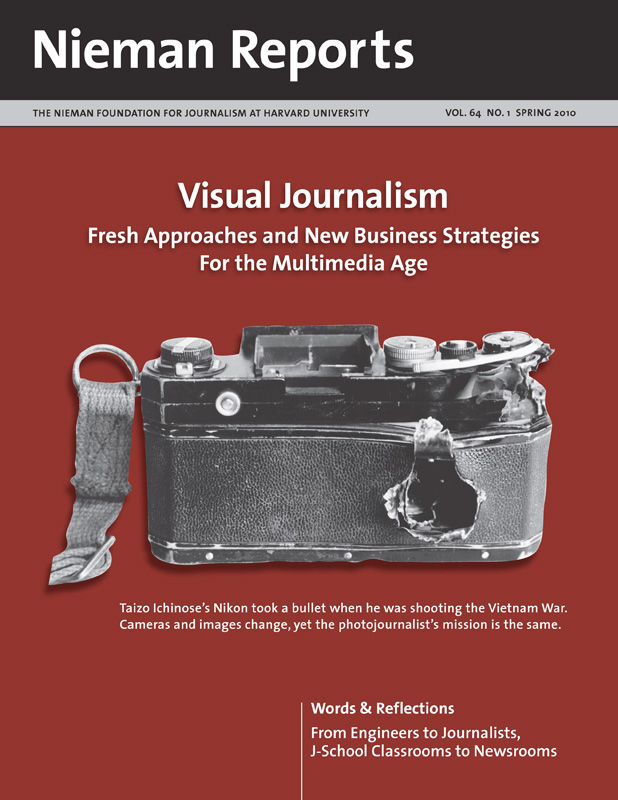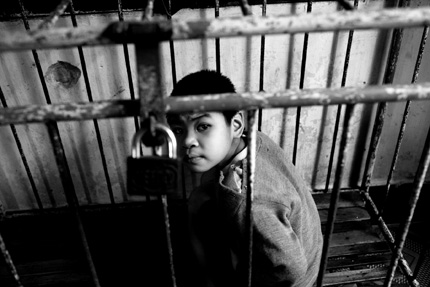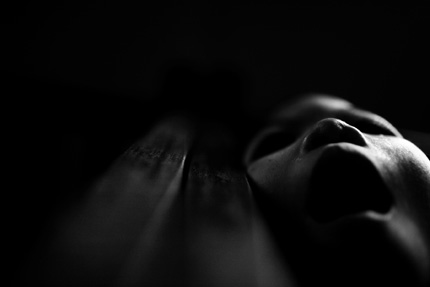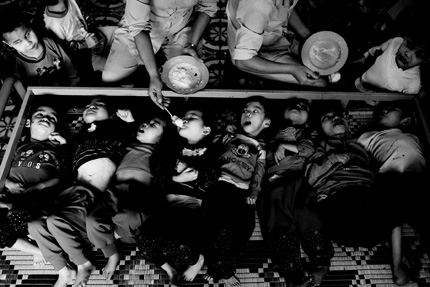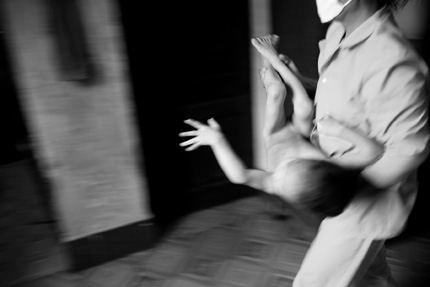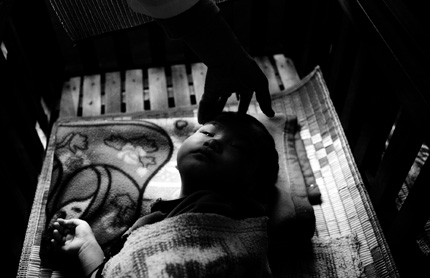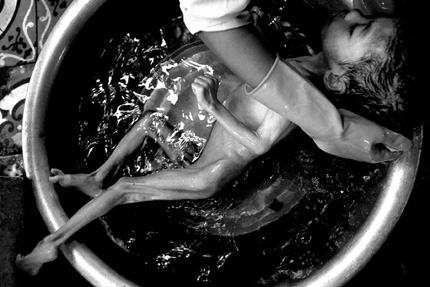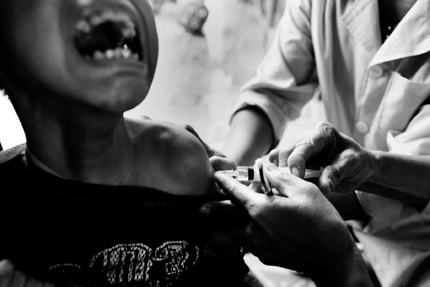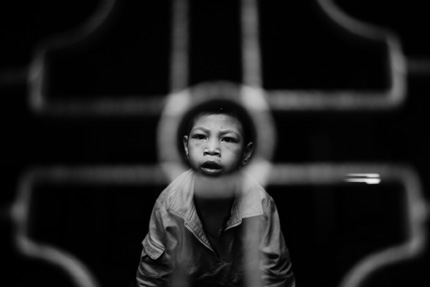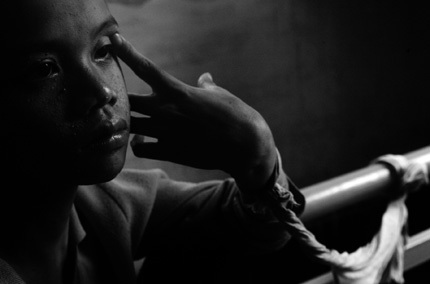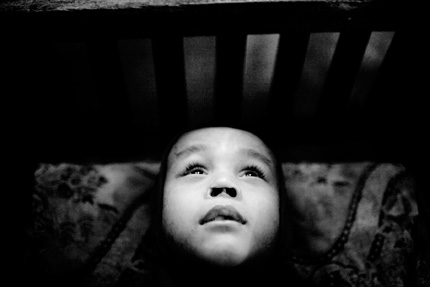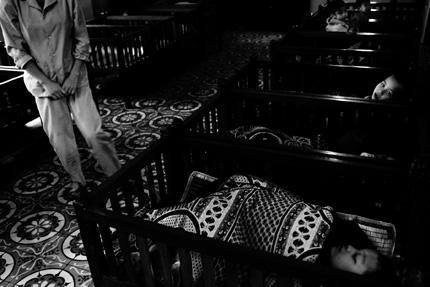RELATED ARTICLE
“Taking Time to Rethink, Adjust and Move Forward”
-Justin MottSeverely disabled and abandoned at birth, 124 children live at the Ba Vi Orphanage and Elderly Home near Hanoi, Vietnam. They are believed to be third-generation victims of Agent Orange, a defoliant used by the U.S. military during the Vietnam War. (Story continues below.)
To see more of Mott’s work, visit his Web site.
Nothing is known about these children’s family histories and the center lacks the resources to conduct medical tests to prove such a link. To care for them, there is one doctor, two nurses, and six caretakers. Funding from the national government provides just $15 a month for each child. Eighty percent of them are mentally disabled. Most of the children who live here have no recreation, education or physical therapy; they spend the majority of their days in wooden chairs or in mass beds. Some children are prone to wandering off at night or harming the other children so they are locked in iron cages overnight and during afternoon naps. For the majority of these children, this is the only home they will ever know.
The Vietnam Association for Victims of Agent Orange is campaigning against American chemical companies that were involved in producing dioxin during the Vietnam War and seeking compensation for all victims. These children’s lives were a story I believed needed to be told—and it’s been gratifying to see the reach my photographs have had.
RELATED ARTICLE
For another photojournalist’s project on Agent Orange, see the slideshow by Wendy WatrissI funded this project on my own and posted my photographs on my Web site. From that beginning, the story has spread wide. Newsweek posted my photographs on its Web site along with audio I had from my visits to the orphanage. I donated pictures to several nongovernmental organizations working on issues involving Agent Orange and some of my photographs have been exhibited in various countries.
I’ve entered some of them in photography contests, which I have found is a good way to get word about stories to the broader journalism community. In one instance I received a fellowship in humanistic photography from Parsons the New School for Design and Photo District News. By using social media, I am in touch with photographers and reporters, and I find out that some of them are working on the same story as I am. Together we spread word to different audiences about what we are doing and why.


